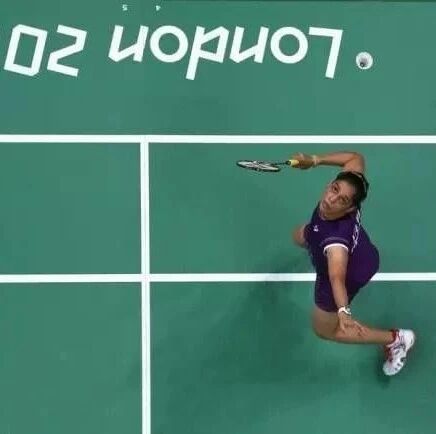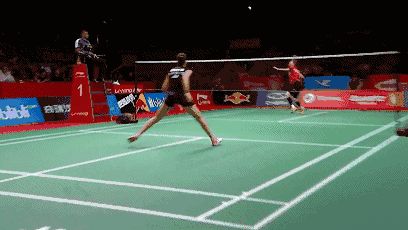Here's a rundown of the world's six major badminton venues, with Guangzhou, China, ranking third—while the "Badminton Kingdom" takes first place. The venues, listed in order, are:
Sixth place, Denmark – Copenhagen:Just like the Danish fairy tales of our childhood, this city feels like a living painting wherever you go. Copenhagen boasts a beautifully clean and well-maintained urban landscape, where cutting-edge modern industries seamlessly blend with centuries-old medieval architecture. This unique harmony makes it both a vibrant, high-tech metropolis and a place steeped in timeless charm and tradition—a world-renowned historical and cultural gem. Meanwhile, Denmark’s iconic Little Mermaid statue quietly contemplates the sea, while fairytale-inspired castles and royal palaces stand side by side throughout the city, perfectly capturing the perfect fusion of antiquity, magic, artistry, and modernity.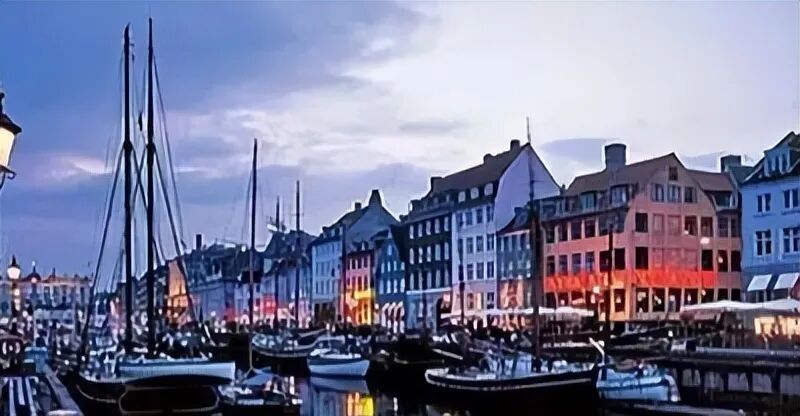
Lin Dan and Xie Xingfang have traveled to countless cities around the globe for competitions—but Copenhagen is the one place that holds a special place in both their hearts. As the capital of Europe’s badminton powerhouse, Copenhagen boasts a cinema-like badminton arena that annually hosts the prestigious Copenhagen Masters and the Denmark Open. Though this venue is relatively small compared to many other world-class badminton venues, it undeniably ranks among the most unique and iconic home courts in the sport.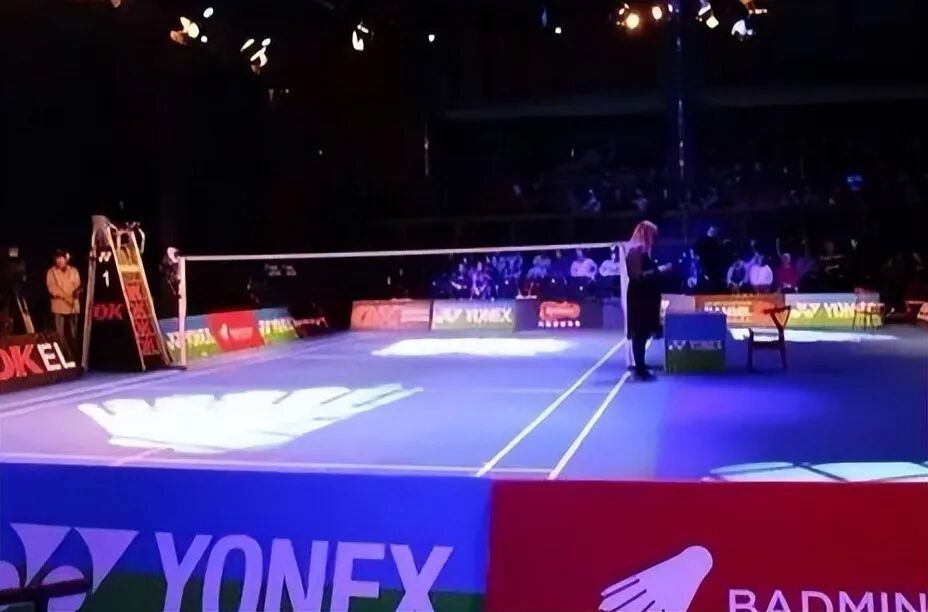
Fifth place, Japan – Tokyo:Tokyo is one of the world's five major global financial centers and a key international air hub—making it an influential city. It also stands as Asia's premier fashion capital and boasts the largest metropolitan economy in the world, ranking alongside New York City in the U.S. and London in the U.K. as a "World-Class City." Notably, Tokyo is home to the headquarters of Yonex, the world's No. 1 badminton brand, underscoring the city's vibrant badminton culture.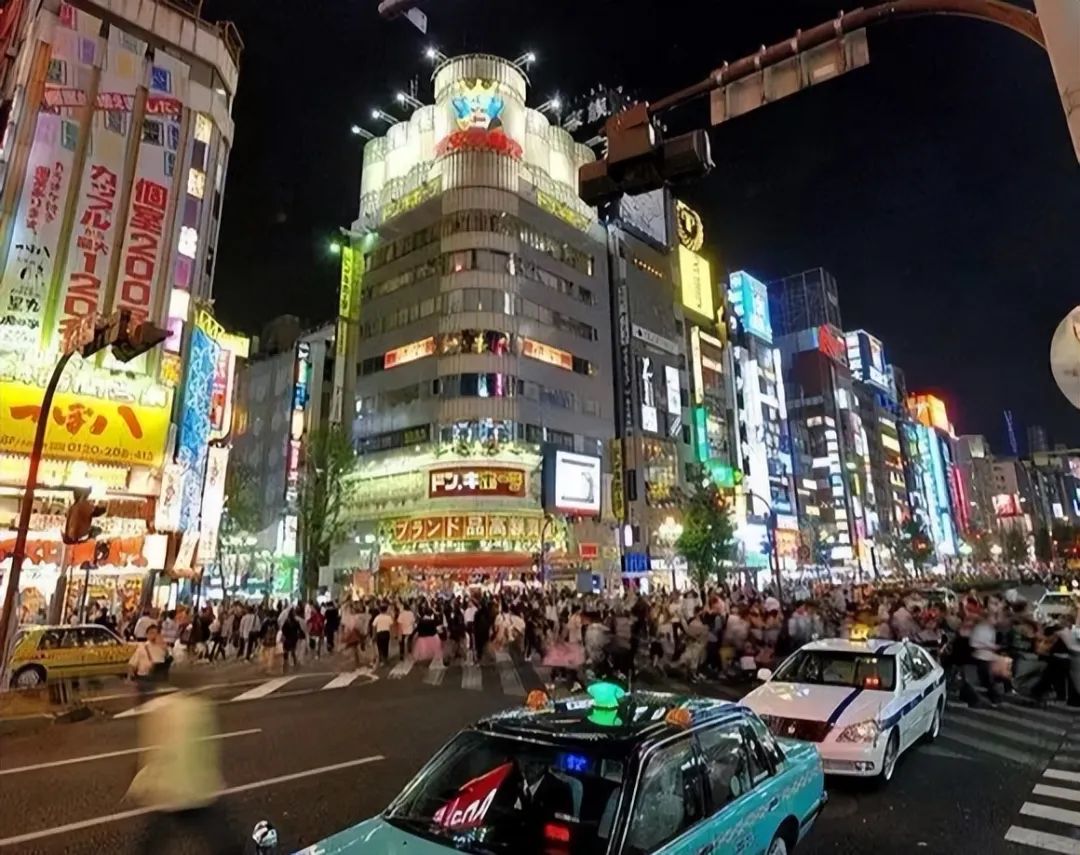
Tokyo has been the host city for recent editions of the Japan Open, and spectators who’ve attended the tournament over the past few years have all remarked on one thing—how massive the venue is. Reportedly modeled after a "dome" at a certain university, the stadium boasts an incredibly spacious interior design, with a ceiling that perfectly captures the artistic flair of modern Japanese architecture. The lighting inside is not only abundant but also evenly distributed, creating a vibrant atmosphere.
What makes the Tokyo crowd particularly unique is their passionate support: fans often shout out Japanese players’ names in a tone reminiscent of traditional samurai warriors. Yet, oddly enough, nearly half of the audience actually adopts a more European-style approach to cheering. Regardless of their individual preferences, though, every athlete’s name echoes powerfully throughout the arena—surely inspiring both pride and determination in anyone watching.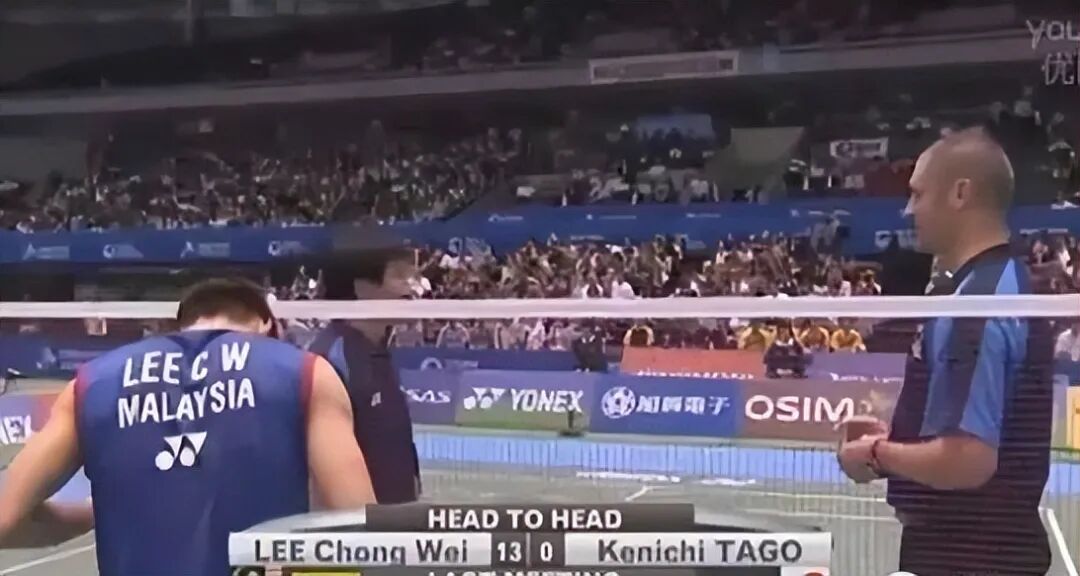
Fourth place, UK – London:London, the capital of the United Kingdom of Great Britain and Northern Ireland, is Europe's largest city and one of the world's most vibrant metropolises. As Europe's leading economic, financial, and trade hub, London ranks alongside New York City in the U.S. as one of the planet's most vital financial centers.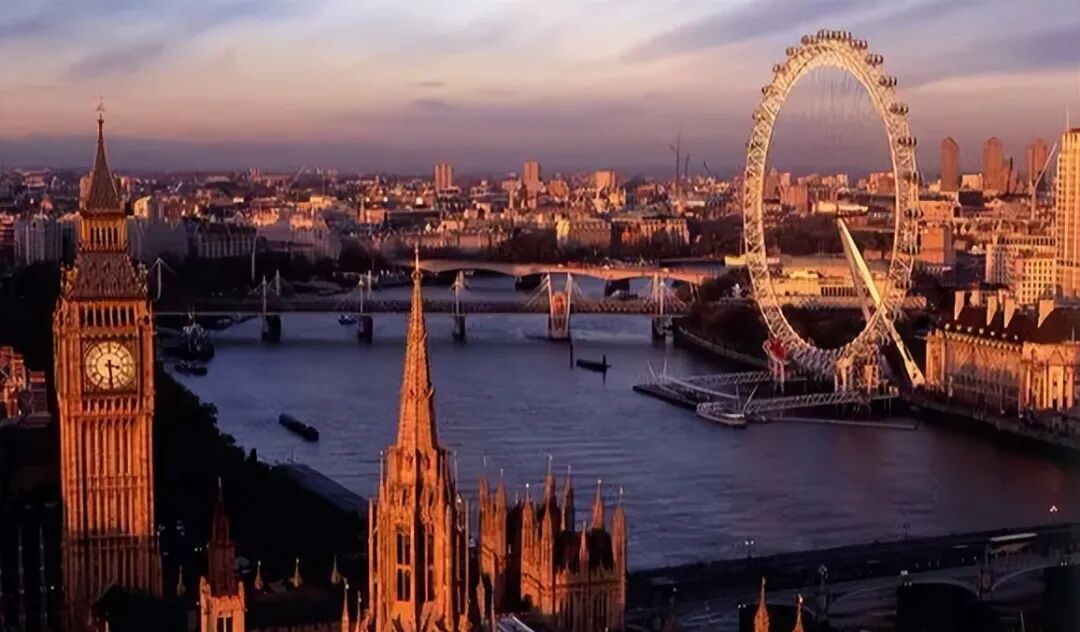
London, a city immersed in football fever, has nonetheless seen several unforgettable nights in recent years as one particular corner of the city buzzed with excitement for its epic showdowns. Hosting the All England Open—a tournament that stands as the world’s oldest and most prestigious badminton competition—this event boasts over a century of history. In fact, if the All England Open were held only once every four years, the Olympics might just take a backseat!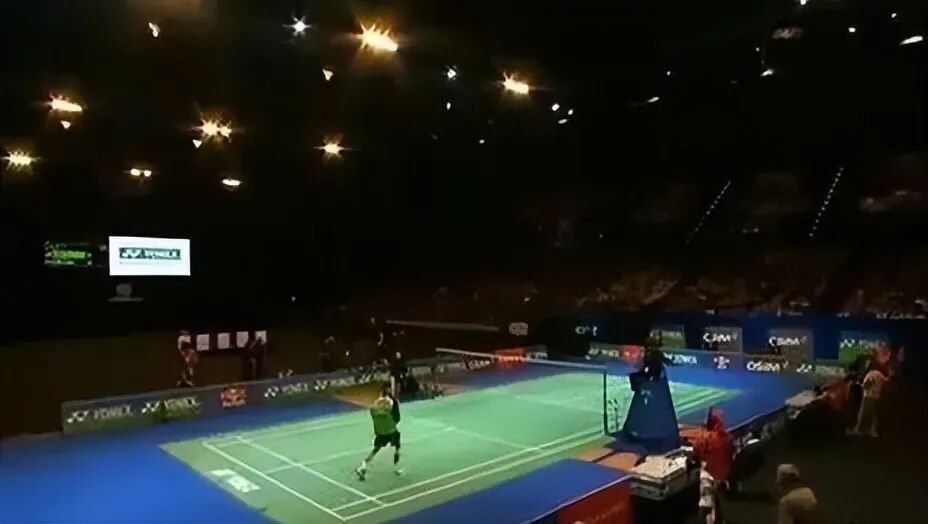
Third place, China–Guangzhou:Guangzhou, China's third-largest city, excels in economy, transportation, culture, and sports—truly world-class across the board. And when it comes to badminton, the city is absolutely buzzing from top to bottom. In fact, it’s said that roughly 2 to 3 million people in Guangzhou play badminton, a figure that’s nothing short of staggering.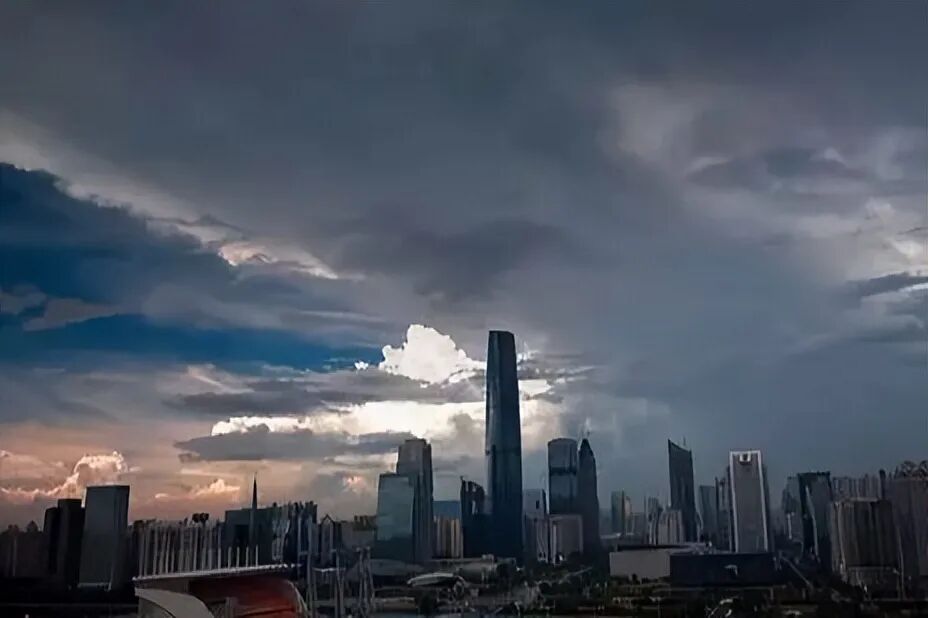
Badminton is incredibly popular in Guangzhou, so it’s no surprise that the badminton match market is thriving as well. Whenever there’s a high-profile event, Tianhe Sports Arena always sells out—yet even on non-peak days, the stands still draw a lively and highly engaged crowd. Fans here are not only passionate and enthusiastic but also remarkably respectful and well-behaved. Plus, this venue happens to be Lin Dan’s favorite home court, and Guangzhou’s fans have always shown their deep affection and unwavering support for the "son-in-law of Guangzhou."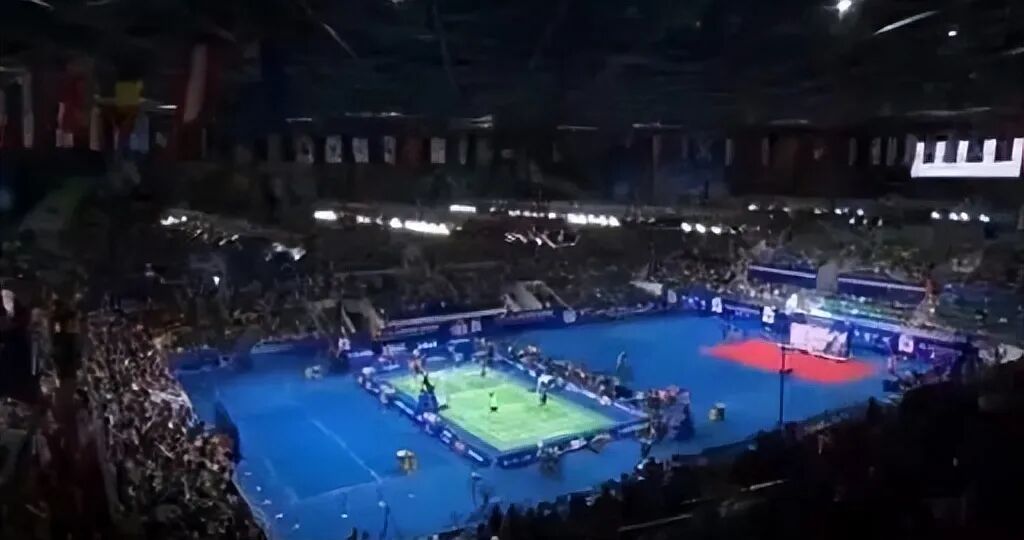
Second place, Malaysia – Kuala LumpurKuala Lumpur is Malaysia's capital and largest city—a vibrant, cosmopolitan metropolis that serves as the country's political, economic, financial, commercial, and cultural hub. It’s also Malaysia’s foremost industrial center, blending the sleek sophistication of a modern urban landscape with an enchanting, time-honored charm. Today, Kuala Lumpur has earned its reputation as a world-class city.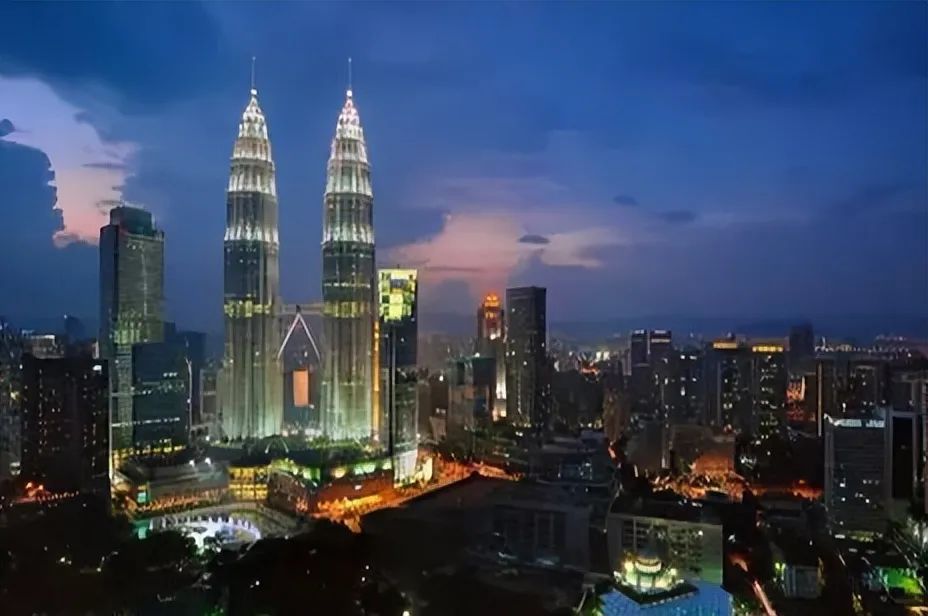
Kuala Lumpur is the headquarters of the BWF (Badminton World Federation), and the city boasts an incredible badminton atmosphere. It also ranks among the world’s top destinations for youth badminton development. Badminton holds a special place in the hearts of Kuala Lumpur residents—watching Lee Chong Wei compete late into the night feels as natural and thrilling as staying up to watch the UEFA Champions League finals.
Kuala Lumpur is the primary host city for the Malaysia Open, one of the few major tournaments where China’s national badminton team hasn’t enjoyed particularly strong results. In men’s singles, since 2004, aside from Peter Gade winning once, every other title has remained firmly within Lee Chong Wei’s grasp. This makes Kuala Lumpur unmistakably Lee Chong Wei’s "home turf"—no one dares challenge his dominance here.
First place, the ultimate devilish home ground—Indonesia, Jakarta:Jakarta, also known as the "Coconut City," is Indonesia's largest city and capital, situated on the northwest coast of Java Island. As Southeast Asia's foremost metropolitan hub, Jakarta has now evolved into a globalized metropolis and one of the world's most renowned seaports. The majority of its residents are Javanese, with smaller communities comprising Chinese immigrants, overseas Chinese, and Dutch settlers. The official language spoken throughout the city is Indonesian.

Indonesia's national sport is badminton, and the country undoubtedly holds the world's biggest passion for the game. Jakarta, Indonesia, serves as the primary host city for the Indonesia Open—yet for the Chinese national badminton team, this tournament has always been a thorn in their side. While occasional poor performances or deliberately underwhelming results in Indonesia leading up to the Olympics have occasionally sparked whispers of "watering down" the competition, what truly lingers most painfully is that, since 1989, no Chinese men's singles player has ever clinched the title at the Indonesia Open. Could it really be that they’re intentionally holding back to protect the sport? Don’t be naive—never underestimate Indonesia’s home-court advantage!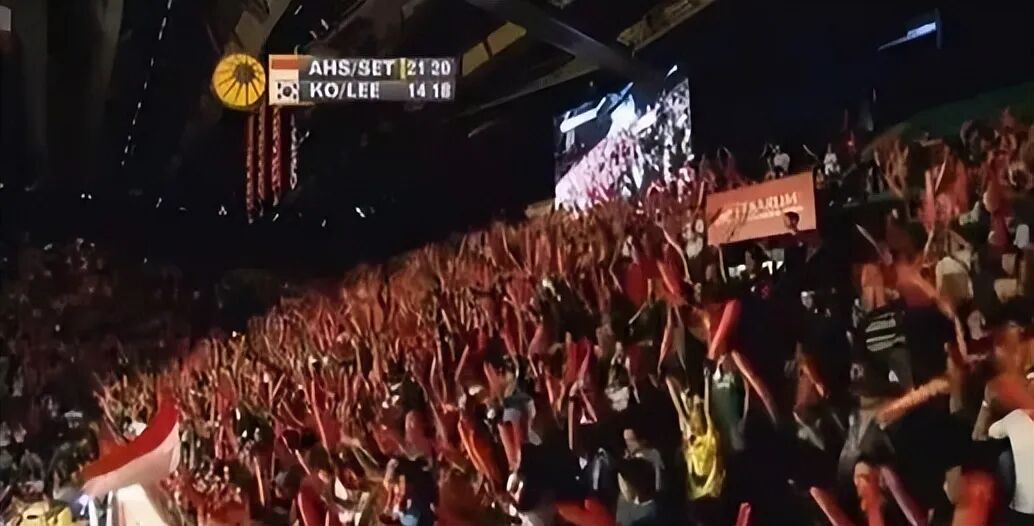
According to Lin Dan's recollection, when playing in Indonesia, you could barely hear the sound of the shuttlecock being hit—sometimes, you couldn’t even make out what your coach was saying. In Kuala Lumpur, the noise from the loudspeakers was already intimidating, but Jakarta? That took it to a whole new level, with decibels so high they seemed almost unbearable. Amidst this deafening roar were the howls of opponents as they returned the ball, the fierce "Kill!" cries of Indonesian players smashing their shots, and the spine-chilling screams of fans caught up in the moment. Beyond that, there were surging waves of energy and rhythmic chants from the crowd—forces so powerful that not everyone could withstand their sheer intensity. And let’s not forget: Jakarta wasn’t just buzzing with wildly passionate fans; even the venue’s vibrant and meticulously designed surroundings added to the spectacle. As a result, the annual Indonesia Open has truly evolved into a world-class sporting extravaganza that captivates audiences far beyond the court.

















